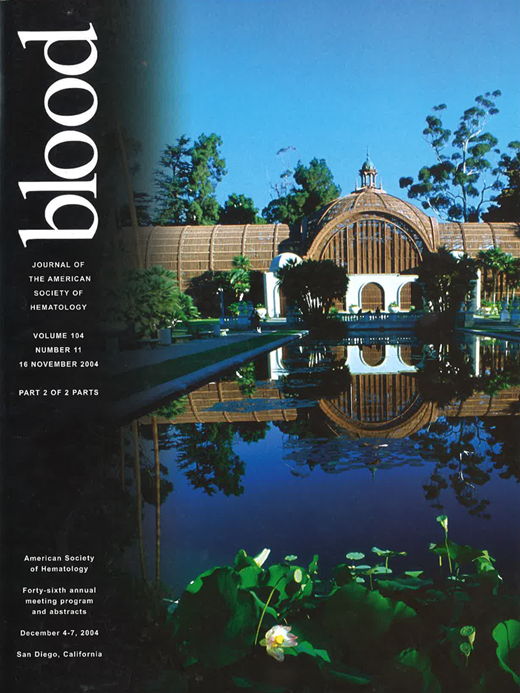Abstract
Follicular lymphoma (FL) is the second-most common subtype of non-Hodgkin’s lymphoma. However, data addressing the management of early-stage FL is sparse. Hence we conducted this study in order to try to assess the influence of initial treatment on outcome in patients with stage I follicular lymphoma. One hundred patients, 46 males and 54 females diagnosed with stage I FL and treated on various Nebraska Lymphoma Study Group protocols have been included in this retrospective study.
Thirty-eight percent of patients had grade 1, 22% had grade 2 and 40% had grade 3 FL. Sixty percent of patients were older than 60 years of age, 3% had a poor performance status (Karnofsky score <80), 7% had an elevated LDH level, 19% had bulky disease (tumor size ≥5 cm) and 5% had B-symptoms at presentation. Twenty-five percent of patients were treated with radiation alone, 37% with chemotherapy alone and 37% received both chemotherapy and involved-field radiation. Patients who received chemotherapy alone were more likely to have extranodal disease (p<0.01), but all other patient characteristics were similar across the three treatment groups. At a median follow-up of 8.4 years (range, 2.3 – 18.3 years), 45 patients are alive and disease-free, 39 patients have died while 16 patients are alive after progression. Of the 39 deaths that occurred, 13 were due to lymphoma progression, 4 were related to therapy, 11 patients died of unrelated causes (mainly coronary artery disease and its complications), while the cause of death was unknown in 11 patients. The median event-free survival (EFS) for this group of patients is 8.09 years and the median overall survival (OS) is 11.7 years. By multivariate analyses, only treatment with combination chemotherapy and radiation (HR: 0.3, 95% CI: 0.1 – 0.5, p<0.001) as opposed to either modality alone, and surprisingly, presence of B-symptoms at presentation (HR: 0.2, 95% CI: 0.04 – 0.8, p=0.02) predicted for a better EFS. Older age (≥60 years) predicted for an adverse OS (HR: 2.9, 95% CI: 1.3 – 6.3, p<0.01), while combination chemotherapy and radiation predicted for a better OS (HR: 0.4, 95% CI: 0.1– 0.9, p=0.02). However, there was no difference in the relapse rates between the older and younger patients (p=0.42), thereby suggesting that that poor OS in older patients was due to factors other than the disease itself. Patients who received both chemotherapy and radiation had a median EFS of 13.2 years and median OS was not yet reached in these patients. In contrast patients who received chemotherapy or radiation alone had an EFS of 5.54 years and 3.32 years respectively and an OS of 9.95 years and 10.7 years respectively. Thus, after accounting for known confounding factors, combined modality treatment with chemotherapy and radiation was associated with better EFS and OS than either modality alone in patients with Stage I follicular lymphoma.
Author notes
Corresponding author

